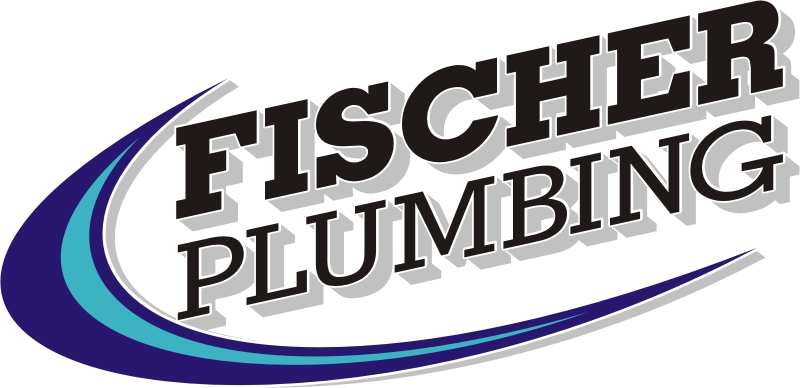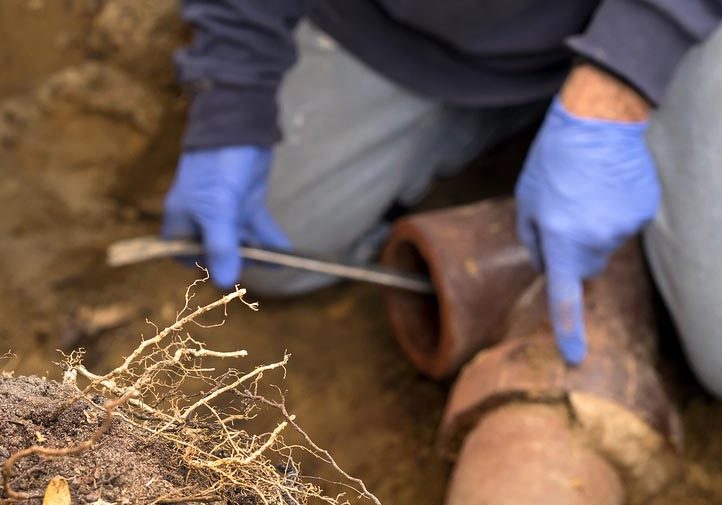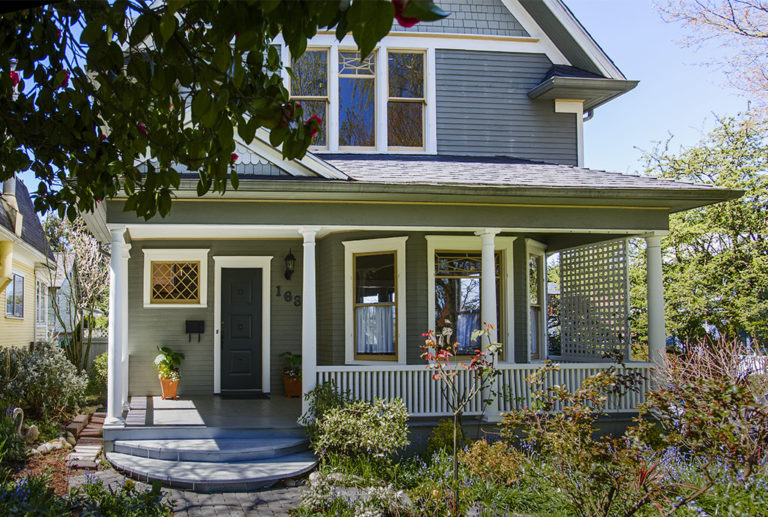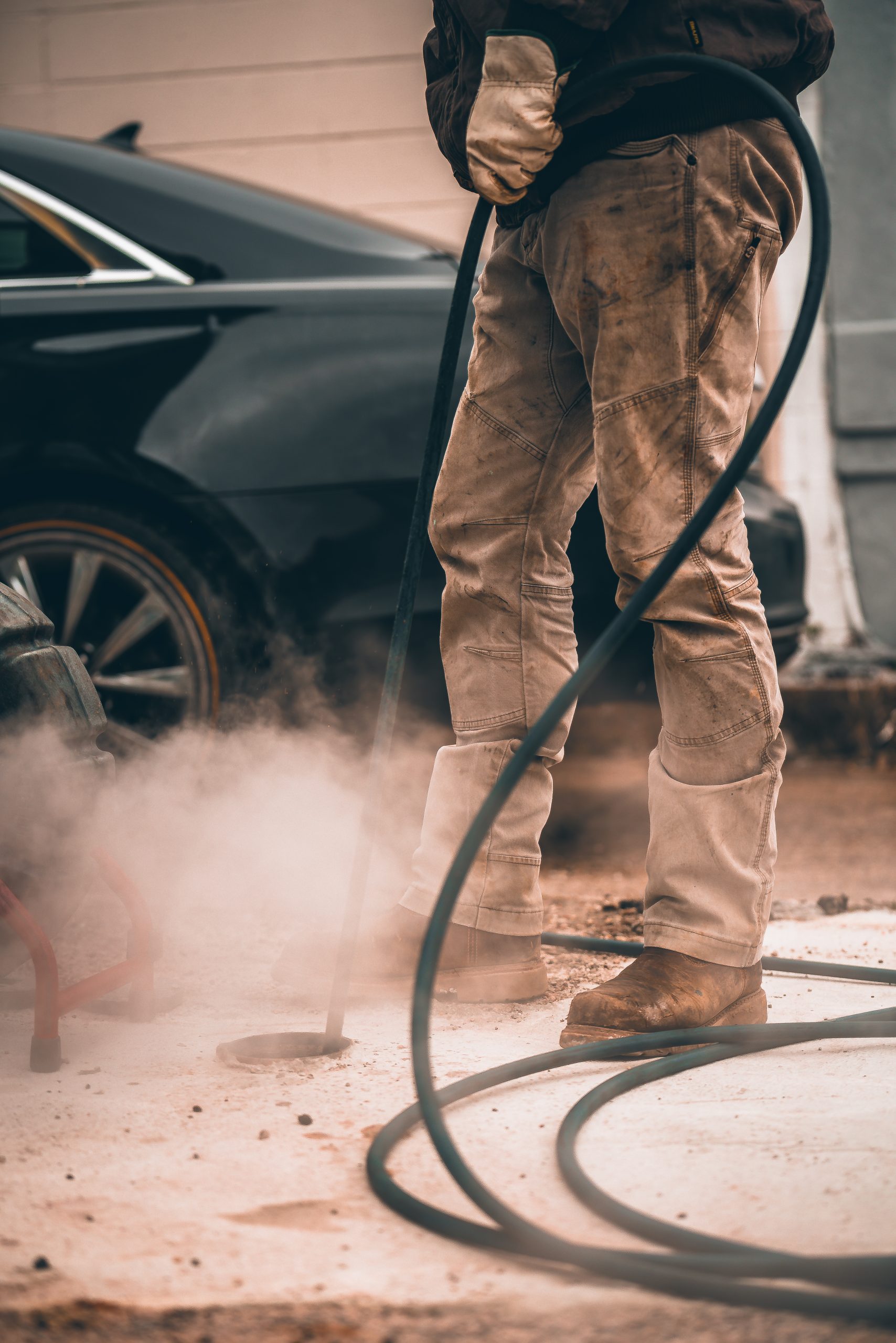Why Is Sewer Line Replacement So Expensive
The average cost of a sewer line replacement varies depending on the size of your home and the condition of your sewer line. A new sewer line installation can cost between $1,000 to $20,000.
However, if you have an older home sewage system that needs to be replaced, your costs could be much more expensive. The average cost to replace a sewer line is $3,500. This includes labor and materials for removing broken PVC pipes and installing new pipes. The average cost for a commercial sewer line replacement is $10,400.
Sewer line replacement cost is often so expensive because:
Sewer line replacement cost is often so expensive because:
- Technicians may need to excavate parts of the property;
- Some replacements require drywall and flooring removal;
- Shared side sewer pipes can be very heavy and challenging to move;
- Line replacements aren’t a one-person job;
- Experienced technicians have to handle much of the work;
- Most sewer line replacements require expensive permits;
- Landscaping restoration is often part of the service.
These factors significantly impact the total cost of a sewer line replacement service. This guide will explore these aspects in greater detail to give a more comprehensive understanding of why the sewer line replacement price is so expensive. Keep reading.
Technicians May Need To Excavate Parts Of The Property
Homeowners who need a sewer line replaced can expect service providers to dig up part of their yard during the removal and replacement process. That’s because sewer line pipes are located underground, typically between 12 in and 72 in (30.48 cm and 182.88 cm) beneath the soil’s surface.
Consequently, technicians and replacement specialists will need to remove the uppermost layer of the yard to reach the sewer line. If the line is placed at a relatively shallow depth, they may use shovels to unearth the pipe or can repair underground pipe without digging.
However, if the sewer line is far deeper, they’ll need excavating equipment to reach the sewer line. Because most plumbing service providers don’t own excavating equipment, there’s a good chance they’ll need to rent an excavator from a local construction company.
Renting an excavator isn’t cheap. Crucially, sewer line replacement isn’t a one-day job. As a result, plumbing service providers can quickly spend several thousands of dollars on excavation machine rental throughout the replacement.
The technicians will then attach this cost to the final bill, resulting in a higher expense for homeowners. However, this isn’t the only thing that can turn your sewer line replacement into a much more expensive project.
For example, if the technicians need to remove drywall or flooring to reach the broken sewage pipe area, you’re also looking at property repair costs.
Some Replacements Require Drywall & Flooring Removal
Depending on the precise location of the faulty sewer line, replacement technicians may also need to demolish part of your home to reroute and repipe the new drainage. For example, they may rip apart drywall or flooring to access pipes to reach the sewer line.
Most plumbing specialists include drywall and flooring repair costs in their estimates, but others may not. As a result, homeowners can quickly find themselves shelling out additional funds to repair their homes after a sewer line replacement.
These costs quickly add up, especially if the sewer line runs beneath the home’s foundation. Not only does it require more effort to dig beneath foundations and access a sewer line, but the cost to repair that foundation afterward is typically about $4,500.
Furthermore, drywall repair can cost around $350 for minor repairs and $2,000 or more for a major project like replacing your sewer line. In addition to drywall repair, new flooring could also prove to be very expensive.
Sewer Pipes Can Be Very Heavy & Challenging To Move
The plumbing pipes in a home might be about 1 in (2.54 cm) or 2 in (5.08cm) in diameter, but sewer line pipes are typically much larger. These pipes are at least 8 inches (20.32 cm) wide, though most are about 2 ft (60.96 cm) wide.
Moreover, this greater size ensures that wastewater and sewage flow easily into public sewer systems. However, it can make sewer lines far heftier and more challenging to move than smaller in-home plumbing pipes.
Additionally, sewer lines aren’t short. The average length for a sewer line pipe is between about 70 ft and 100 ft (21.3 3m and 30.48 m). As a result, removing a faulty sewer line requires heavy-duty construction equipment like pulling units and hydraulic pipe-lifting machines.
The cost of renting or operating these machines significantly impacts the final price of the repair service. It’s also worth noting that lifting a sewer line pipe typically requires the efforts of multiple people, which increases total labor costs.
Sewer Line Replacements Aren't A One-Person Job
As you might imagine, activities like excavating, lifting, and replacing a sewer line aren’t one-person jobs. Instead, they require a team of dedicated professionals working for the better half of the day, typically over several days.
While this extra labor can indeed ensure the sewer main line repair process goes smoothly, it also increases the overall cost. To illustrate, let’s look at a quick example.
Aside from this, replacement services can be time-sensitive. Daytime hours for these services require a lot of manpower that can add up to thousands of dollars’ worth of labor throughout the service time.
However, it’s essential to note that hiring an ordinary residential plumber is often far lower than hiring an experienced sewer line technician.
Experienced Technicians Have To Handle Much Of The Work
Not only does a sewer line replacement service require a team of workers, but it also requires well-educated and experienced plumbing technicians. These specialists have an in-depth understanding of residential, commercial, and city-owned plumbing systems, including sewer lines.
Our Plumbers at Fischer Plumbing can handle all your plumbing tasks. With 20+ years experience and an emphasis on quality, we can handle all of your plumbing needs. We offer commercial and residential plumbing as well as kitchens, bathrooms and showers.
This superior level of knowledge differentiates us from standard residential plumbers and ensures they follow strict safety and bureaucratic protocols. But it also makes us far pricier than the everyday plumber.
These professionals can earn up to three times more than their less experienced or less-educated counterparts. And this higher salary is reflected in their billing.
However, the upside to this increased labor cost is that high-tier plumbing technicians are also familiar with permitting. It ensures that homeowners don’t need to apply for sewer line replacement permits.
That said, these permits can be quite costly, and nearly all service providers will include the cost of permits when totaling the final service bill.
Most Sewer Line Replacements Require Expensive Permits
Sewer line replacements are often a necessary part of an upgrade project. They are also costly and require permits, which are often expensive.
Suppose you want to add an underground sewer line to your home. In that case, you will need a permit from your local water pollution control agency and possibly another permit from your local building department. Often, this permit cost is added to the final bill.
Before a sewer line technician starts digging, they must receive a permit to excavate and remove an existing sewer line. The cost of such a permit varies depending on where you live. Permit costs also differ depending on whether the sewer line is located on public or private property.
Still, a sewer line replacement permit can cost more than $1,000.
Another added cost of sewer line replacement that you might not know about is essential landscaping restoration. After all, plumbing service providers don’t like (and may not be allowed to) leaving your yard partially excavated after installing a new sewer line.
Landscaping Restoration Is Often Part Of The Service
When you agree to a sewer line replacement, there’s a good chance that you also agree to have part of your yard excavated. After all, sewer lines are located deep beneath the soil and tend to be relatively long, so there’s virtually no way to remove one without unearthing it.
But this excavation process can leave your yard in rough shape. You can expect large piles of dirt, dead grass, and destroyed landscaping.
Fortunately, most sewer line service technicians won’t leave your home in this state.
After installing a new sewer line, most plumbing service providers will bury the new pipe beneath the same soil they dug up. They’ll also tamp the ground to ensure that it’s adequately compacted, preventing it from leaking when stepped on.
Some providers will also apply fresh layers of sod to restore your lawn to its pre-replacement condition. However, this is generally where the landscaping restoration part of the job ends.
Consequently, you may need to hire a landscaper to work on your yard after replacing the sewer line. Depending on the area you’re looking to restore (and the types of services you need), you could spend about $10 per square foot on post-replacement landscaping services.
Final Thoughts
Sewer pipe repair services typically cost several thousand dollars, making them one of the most expensive types of plumbing services. This high cost is due to several factors, including machinery, labor, and permit costs.
The typical sanitary line replacement includes extensive excavation, drywall removal, heavy lifting, and a team of well-trained technicians. In addition, the cost to restore excavated land to its previous condition may also be included in the service cost.
Homeowners can potentially keep new sewer line costs at a minimum by calling multiple sewer line service providers, requesting estimates, creating a sewer line replacement cost estimate plan, and comparing those estimates.

Call The Professionals
Call Fischer Plumbing Right Away And Get The Best Sewer Line Repair Service At Your Doorstep.
FREQUENTLY ASKED QUESTIONS
The cost of a sewer line is expensive because it requires a lot of labor and materials. That said, the process of repairing a sewer line involves removing the old pipe and installing new pipe underground of a house, then backfilling the space with sand or gravel to keep water out of your basement.
Never attempt to replace your sewer pipes on your own because it can lead to serious problems!









